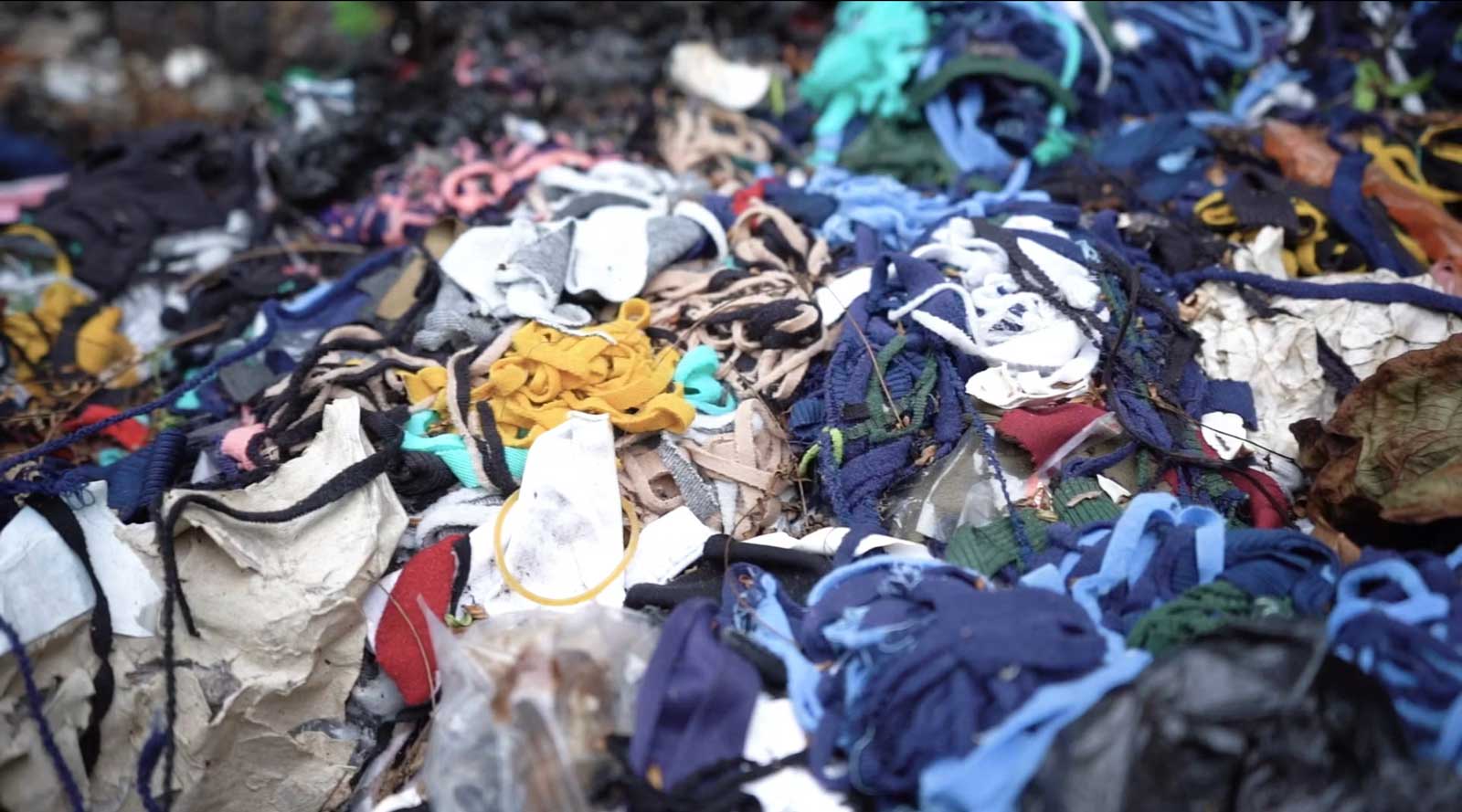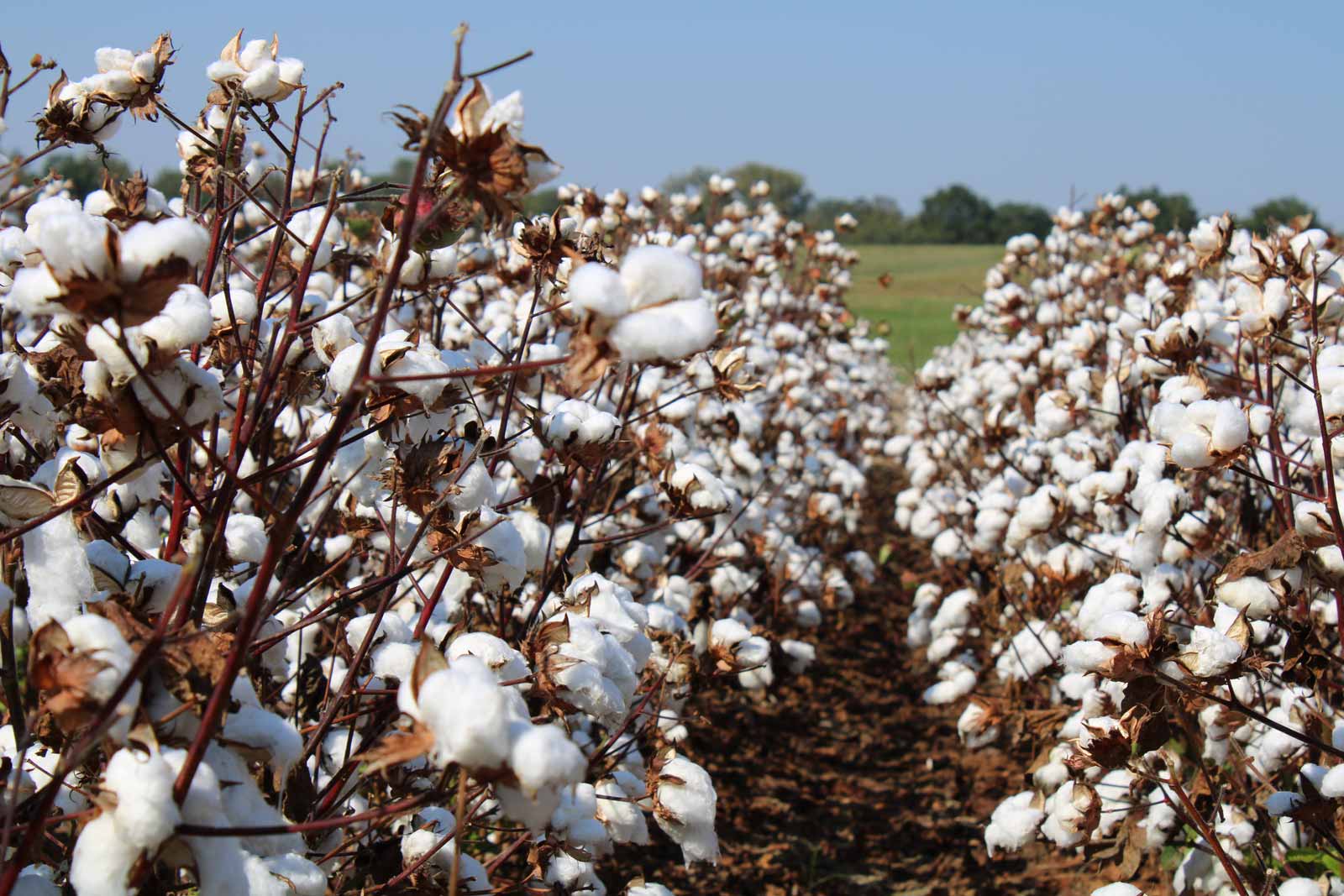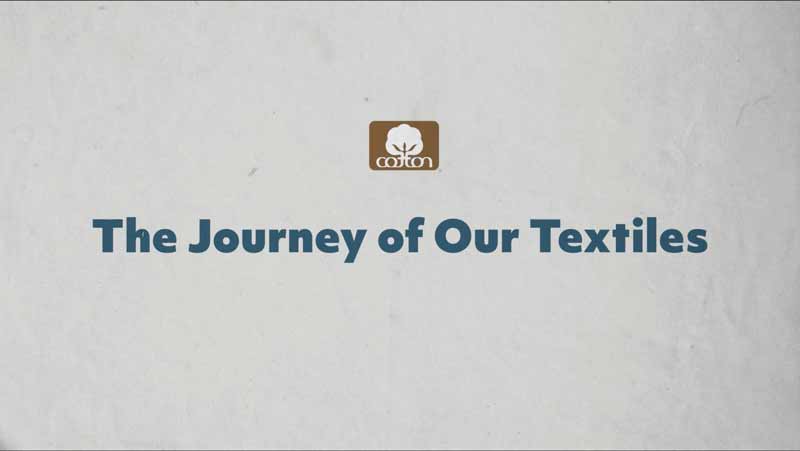- Plastic Pollution from Apparel: The global apparel industry generated an estimated 8.3 million tons (Mt) of plastic pollution in 2019, accounting for 14% of the total plastic pollution from all sectors.1
- Synthetic Clothing Dominance: Synthetic Clothing as the Main Culprit: Synthetic apparel contributes 7.4 Mt of plastic pollution annually, primarily through macroplastic waste at the end of its life cycle while microplastic shedding during laundering and wear account for 1.5% of the total.1
- Global Impact: Much of the synthetic apparel causing plastic pollution is exported from high-income countries to secondary markets with inadequate waste management systems, shifting the environmental burden.1
A fundamental shift towards a circular economy and reduced synthetic apparel consumption is essential to mitigate the industry’s plastic pollution impact. Please visit cottontoday.cottoninc.com to learn more about this research.
In my role as vice president and chief sustainability officer at Cotton Incorporated, I have had the privilege of leading initiatives that address some of the most pressing environmental challenges in the apparel industry. Among these challenges, perhaps none is as urgent or pervasive as the issue of plastic pollution.
The issue of single-use plastic is well known. Single-use plastics, such as straws, water bottles, shopping bags, and packaging, have garnered significant public attention due to their detrimental environmental impact. Many individuals make efforts to minimize their plastic consumption by opting out of using these, favoring reusable alternatives instead. It’s crucial to also consider the less obvious forms of plastic—often unseen or unnoticed in our daily lives—such as those stemming from our clothing.
The global apparel industry is a significant yet overlooked source of plastic pollution. Each year, the industry contributes an estimated 8.3 Mt of plastic waste annually, primarily from synthetic clothing, which sheds microplastics during laundering and releases macroplastics at the end of its life cycle. Macroplastic is a relatively new word to describe larger pieces of plastics, such as a polyester t-shirt that ends up as waste on the ground. Despite efforts to address plastic pollution in sectors like packaging and consumer goods, the impact of synthetic fibers from apparel remains a critical environmental concern. Addressing this issue requires concerted efforts across the apparel supply chain to reduce plastic use, improve recycling technologies, and promote sustainable alternatives like using natural fibers such as cotton.
Cotton Incorporated, along with other leading researchers, recently published a groundbreaking study in Nature Communications related to this issue. The study underscores Cotton Incorporated’s crucial role in assisting the apparel industry with research and promoting sustainability solutions.
Our research reveals that synthetic clothing contributes approximately 7.4 Mt of plastic pollution annually, primarily as macroplastic waste when these garments reach the end of their life cycle.1 This compounds the well-documented issue of microplastic shedding during laundering and daily wear. By highlighting these findings, Cotton Incorporated aims to foster greater awareness and collaboration across the apparel supply chain to implement sustainable practices and reduce the environmental impact of apparel.
Understanding the Scale of the Problem
Plastic pollution from the apparel industry is multifaceted, involving packaging, end-of-life apparel waste, and fiber emissions during production and use. In 2019, the industry generated an estimated 8.3 Mt of plastic pollution, approximately 14% of the 60 Mt from all sectors. This plastic weight is equivalent to 820 times the weight of the Eiffel Tower, more than 23 times the weight of the Empire State Building, and almost 9 times the weight of the Golden Gate Bridge. This substantial contribution is mainly due to inadequate synthetic garment collection and treatment after disposal.
The alarming truth is that synthetic apparel waste, if not managed properly, becomes a significant contributor to macroplastic and microplastic pollution. Microplastics, defined as plastics less than 5 mm, are particularly concerning. Fiber shedding during the laundering of synthetic textiles represents a substantial portion of primary microplastic emissions into waterbodies.
The Invisible Threat: Microplastics
Microplastics receive widespread attention due to their pervasive presence in waterbodies, food, and even in the human body. Recently, microplastics have been found in human blood and in our reproductive organs.123456 However, the full picture includes unquantified microfiber emissions to the air from wearing and drying clothes, adding another layer to the pollution puzzle.
Moreover, the growing demand for fast fashion exacerbates the issue. Increased per capita sales and the doubling of clothing production over the last 15 years have led to significant plastic leakage.7 This leakage includes littering, illegal dumping, and inadequately managed landfills, contributing to the ongoing environmental degradation.
Global Plastic Waste and Leakage from Apparel
Plastic waste and plastic leakage are two intertwined but distinct issues within the broader challenge of plastic pollution. Plastic waste pollution encompasses all types of plastic waste adversely affecting the environment, including mismanaged waste, plastic litter, and microplastics. It includes plastic’s impact on marine and terrestrial ecosystems and human health. On the other hand, plastic leakage refers specifically to the portion of plastic waste that escapes waste management systems and ends up in natural environments.
This leakage often results from improper disposal, losses during collection and transportation, or dispersion from landfill sites. By understanding the nuances between plastic waste pollution and plastic leakage, we can better identify the sources and pathways of plastic contamination and develop more effective strategies to combat this growing environmental threat.
In 2019, global apparel consumption was approximately 32 million tons, with synthetic apparel accounting for 15 million tons.1 The apparel industry generated 21 million tons of plastic waste, predominantly from synthetic apparel, which contributes to 89% of the industry’s macroplastic waste.1
End-of-life synthetic apparel is the largest contributor to plastic waste. This waste, if not properly managed, leads to significant environmental leakage. Synthetic end-of-life apparel makes up 81% of the total plastic waste from the global apparel industry. Plastic waste from the cotton apparel value chain is driven by packaging, with a small additional contribution from plastic mulching on cotton fields in some geographies. The plastic waste created by the other fibers value chains is almost entirely due to packaging.1
Global cotton production is responsible for less than 1% of total plastic pollution (or 0.05 Mt).1 The cotton industry acknowledges this impact and is developing solutions through Cotton Incorporated research and innovations to reduce its impact on the field and resulting from plastic leakage.
Geographic Disparities in Plastic Leakage
The geographic analysis highlights significant disparities in plastic leakage. High-income countries often export used apparel to secondary markets with inadequate waste management systems, shifting the pollution burden. For instance, 93% of plastic leakage from synthetic apparel consumed in high-income EU countries occurs in secondary markets where the plastics were exported to for additional uses.1
This pattern underscores the need for comprehensive sustainability strategies that include secondary markets. Without such strategies, the plastic pollution footprint of the apparel industry will continue to grow, particularly as synthetic fiber production and use increase.
The Path Forward
Addressing plastic pollution in the apparel industry requires a fundamental shift towards the use of natural fibers like cotton and a transition to a circular economy. Natural fibers, such as cotton, are biodegradable. Synthetic fibers are not and are major contributors to microplastic pollution. This transformation involves reducing synthetic apparel consumption and waste, enhancing clothing durability, and improving waste management and recycling infrastructures, especially in developing countries. By prioritizing natural fibers, the industry can not only mitigate plastic pollution but also support sustainable agricultural practices and promote economic opportunities for cotton farmers.
Embracing a circular economy means designing garments with end-of-life in mind, ensuring they can be recycled, composted or are biodegradable, thus closing the loop and minimizing waste. Such comprehensive changes are essential to a more sustainable apparel industry.
Key strategies include:
- Textile biodegradability is extremely important, and cotton provides a best-in-class example. As a plant, a fiber, a textile and more, cotton is biodegradable in the natural environment and naturally circular. It can be used in many ways, repurposed and reused and biodegrades naturally should it enter the environment.
- Designing for Durability and Reusability: Apparel should be designed to last longer, be reusable, and be recyclable to keep products and materials within the economy.
- Improving Waste Management: Developing and scaling recycling technologies and waste management systems, particularly in countries with inadequate infrastructures, is crucial.
- Reducing Synthetic Fiber Use: Promoting the use of natural fibers like cotton and reducing the reliance on synthetic materials can significantly decrease plastic leakage.
- Comprehensive Sustainability Metrics: Further develop life cycle assessment metrics needed to better understand the environmental impacts of plastic pollution.
- Focusing on Reuse, Remanufacturing, and Recycling: Emphasizing these processes can help reduce the environmental impact of clothing throughout its lifecycle.
Conclusion
As plastic pollution is a global issue, understanding the contribution of different industries, including apparel, helps in creating a comprehensive global strategy to tackle the problem. It ensures that efforts are coordinated and that all sectors contribute to the solution.
Quantifying plastic leakage provides a clear picture of the extent to which the apparel industry contributes to global plastic pollution. This understanding is crucial for policymakers, environmental organizations, and industry stakeholders to gauge the severity of the issue and prioritize actions accordingly.
The apparel industry must take urgent and decisive action to mitigate its contribution to plastic pollution. A systemic transition to using more natural fibers, designing products for durability, and focusing on reuse, remanufacturing, and recycling is essential. By embracing circular economy principles and improving waste management infrastructures, we can reduce the industry’s plastic pollution footprint.
Cotton Incorporated is committed to driving these changes within our industry. We will continue to invest in research and innovation to solve these and other sustainability challenges for the cotton industry and apparel industry at large.

Jesse Daystar – Vice President, Chief Sustainability Officer
1 Kounina, A., Daystar, J., Chalumeau, S., Devine, J., Geyer, R. Pires, S., Uday Sonar, S., Venditti, R., Boucher, J. (2024). “The global apparel industry is a significant yet overlooked source of plastic leakage.”
2 The Pew Charitable Trusts. Breaking the Plastic Wave: A Comprehensive Assessment of Pathways Towards Stopping Ocean Plastic Pollution (The Pew Charitable Trusts & Systemiq, 2020).
3 Boucher, J. & Friot, D. Primary Microplastics in the Oceans: Global Evaluation of Sources (International Union for Conservation of Nature and Natural Resources (IUCN), 2017).
4 Paruta, P., Pucino, M. & Boucher, J. A Global Assessment of Paint’s Contribution to Plastic Leakage to Land Ocean & Waterways (Environmental Action 2022).
5 Gavigan, J., Kefela, T., Macadam-Somer, I., Suh, S. & Geyer, R.Synthetic microfiber emissions to land rival those to waterbodiesand are growing.PLoS One15,1–13 (2020).
6 Hu, C., Garcia, M., Nihart, A., Liu, R., Yin, L., Adolphi, N., Gallego, D., Kang, H., Campen, M., Yu, X. (2024). “Microplastic presence in dog and human testis and its potential association with sperm count and weights of testis and epididymis.”
7 Ellen MacArthur Foundation. “A New Textile Economy: Redesigning Fashion’s Future (Ellen MacArthur Foundation,” 2017).



